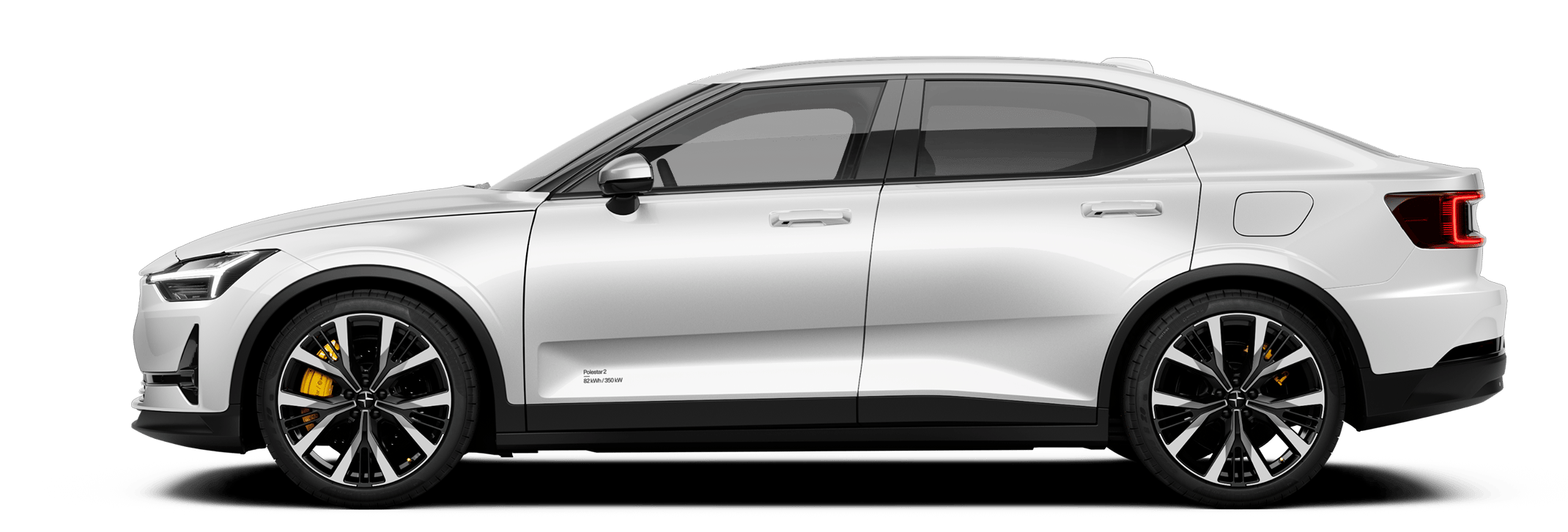What’s V2G and how can it transform our energy infrastructure?
What if your electric car could do more than just take you places (like, pay your electricity bills)? By deploying V2G technology, this reality could be much closer than you think.

At first glance, electric vehicles may appear to pose a significant threat to the power grid. Critics often voice concerns that outdated and inadequate power networks will buckle under the high demand that comes from charging EV batteries. But with the implementation of a technology dubbed vehicle-to-grid (V2G), the flexibility and dependability of the grid could be massively enhanced.
What is V2G and how does it differ from other V2X?
V2G means that an EV with bidirectional charging capabilities can function as a storage unit for energy from the grid as well as transfer energy back into the grid. Simply put, once a car is connected to a charging unit, they can serve as mobile power sources, contributing energy to the grid during peak demand or selling it to balance sustainable energy needs.
This differs from both V2H (vehicle-to-home) and V2L (vehicle-to-load), which focus on powering a home or powering tools, electric bicycles, and appliances, respectively. Both provide backup power directly to the household rather than feeding excess energy back into the grid. In the case of V2L, it is a relatively simple technology that already works today.
While there are many vehicle-to-’x’ technologies, V2G stands out for its ability to provide clean energy at scale.
Let’s dig a bit deeper into what makes this technology so transformative and how vehicle-to-grid applications would actually look like in the real world.


Why it’s important
The adoption of EVs and renewable energy sources is crucial to meeting climate targets. But predicting when renewable energy will be available in the grid for consumers isn’t a walk in the park and puts higher demands on our energy infrastructure and electricity grids.
The solution is to stagger supply and demand between when people need the power to drive and when energy is needed on the grid.
Using parked EVs as energy storage is an efficient way to help disperse the energy demand on the grid. If EV owners, for instance, charge their vehicles during regular working hours (when there’s commonly lots of solar and wind power being fed into the grid), they can provide extra power to their community when they return home from work and demand soars.
According to a recent study, only 30 percent (on a global average) of the world’s EV owners would need to opt into V2G programs to meet energy storage demand by the year 2030. And if California were to fully leverage the estimated 14 million electric vehicles it expects to see on the roads by 2035, the state could supply enough electricity to power every household for three days, estimates the Natural Resources Defense Council.
To ramp up this transition in California, we’ve recently announced a collaboration with the California Energy Commission and the independent, non-profit energy R&D institute EPRI, on a pre-study – funded by Vinnova – to create a roadmap for V2G services in California. This pre-study will begin in December this year and run until October the following year.

What are the benefits of V2G
Aside from helping meet rising electricity demand (while also reducing our reliance on non-renewable energy sources), there are a number of powerful real-life V2G benefits that come with the technology.
For utilities, V2G offers an economical way to meet soaring energy needs, while also making better use of renewable energy sources like wind power. This means cheaper and more reliable electricity services for citizens.
Importantly, V2G can also subsidise the cost of owning an EV. By selling electricity back to the grid, EV owners can both facilitate the transition to green energy infrastructure and monetise their vehicles.
Of course, changing the energy infrastructure will not happen in a day. Vehicle-to-grid technology is still in its early development and charging stations need to be prepared with software that communicates with the central grid to measure overall system demand at any moment.
EV producers must also ramp up the implementation of bidirectional charging capabilities in their vehicles, as not all EVs are currently equipped. This is happening with Polestar 3.


We envision a future where our cars can also provide our customers with new sources of revenue as well as value.
Polestar explores the future of V2G in new pilot
Together with the Swedish Energy Agency Svenska Kraftnät, Chalmers University of Technology, home charging providers Easee and energy companies Göteborg Energi Nät and Vattenfall, Polestar is now spearheading a new V2G testing program in Gothenburg, Sweden.
“In the future, according to our estimations, V2G-connected vehicles can contribute up to 20% of the demand for flexibility services needed here in Gothenburg. In this case, providing additional power from their vehicle’s battery in order to contribute to stabilizing the grid,” says Lars Edström, CEO of Göteborg Energi Nät AB.
During the pilot program, a group of Polestar 3 owners will be able to sell their energy capacity on the public energy market through a so-called Virtual Power Plant (VPP). By using this technology, the battery capacity and availability of the fleet can be planned based on past data to match energy demand, which means they can make more money from their cars.
Sounds complicated? Well, the customer does not need to do anything. They simply plug in their charger, fill in their weekly schedule of when they need to drive their car, and smart charging technology handles the rest.
Emanuella Wallin, Polestar V2G project lead, comments: “The project is the largest pilot in Sweden and one of the first in Europe with this partner composition. We envision a future where our cars can also provide our customers with new sources of revenue as well as value.”
“In previous V2G projects, the focus has usually been on the single homeowner, but combining EVs in a fleet takes it to the next level. The VPP will enable the whole fleet to together act as a flexible energy resource in the energy market,” says Emanuella Wallin. “As such, the implications of this project could be profound, with the potential to establish new best practices that can be applied across regions.”
By joining forces with state authority, academia and key players from the national and local energy infrastructure, Polestar has embarked upon a mission of providing renewable energy integration via a unique EV grid support system. “The impact V2G technology can have on the environment, the electricity grid, businesses, and customers is huge. This is the beginning of a shift in the way we think about EVs,” Emanuella Wallin concludes.








